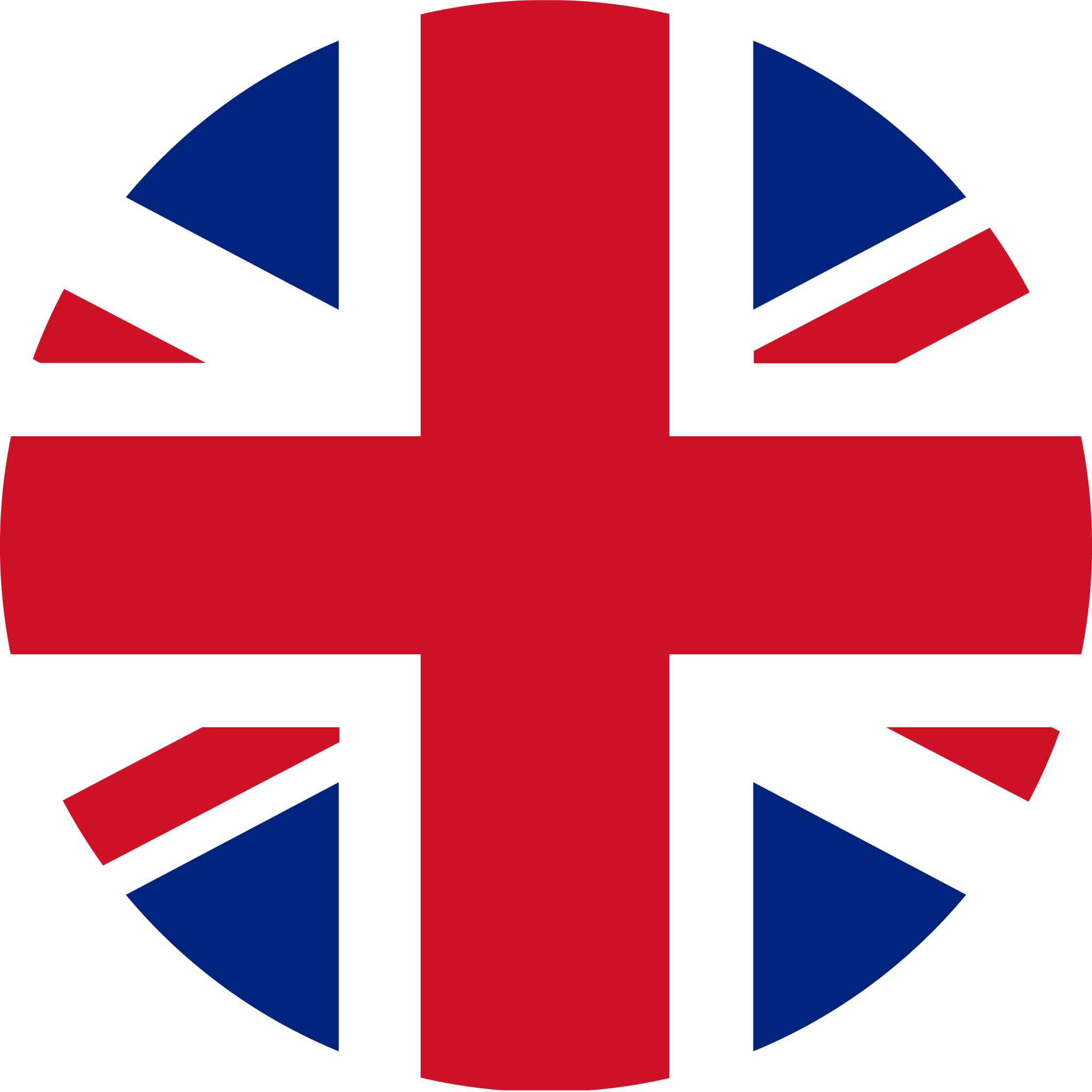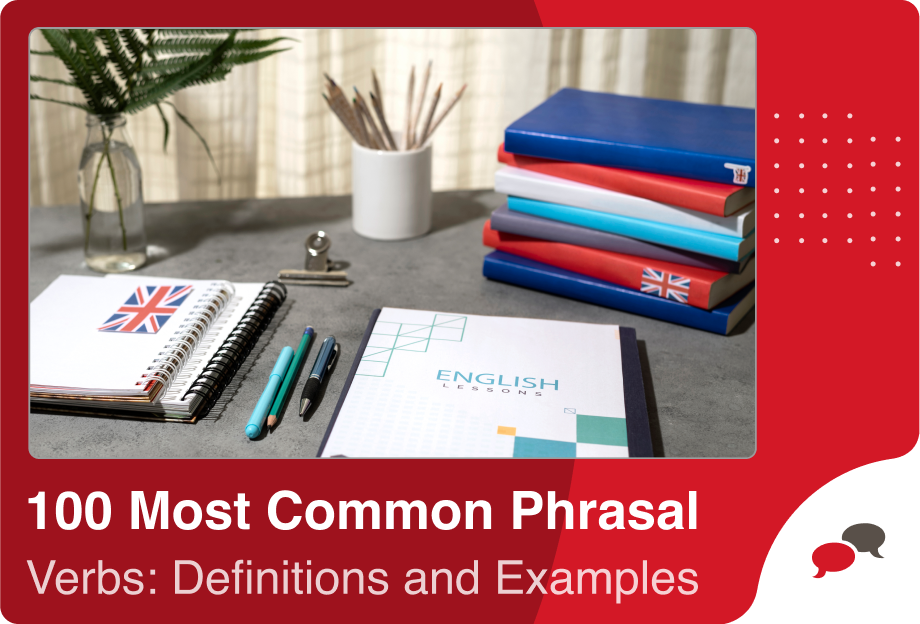It’s crucial to learn English as it enables us to communicate with individuals from all over the world. English songs, movies, and books can also be better understood with the help of it. Music is also a big part of our lives. It’s common for us to listen to it when we’re happy, relaxed, or enjoying ourselves. Musical instruments help create the music we love. That’s why it is a great idea for kids to learn the names of musical instruments in English. In this blog post, we will be learning about four main musical instruments. We will examine the names of various instruments in each group and read example sentences to assist us in using them in everyday English. Let’s get started!
Learn English with EnglishCentral Kids
Would you like to take your child’s learning journey further? EnglishCentral Kids provides a fun and successful education with 25 minute one-on-one lessons for all ages and levels, along with lesson reports afterwards. There are fun and educational video lessons for your child to explore, and an AI tutor MiMi that will help your child with their English learning journey. Quizzes, interactive activities and entertaining vocabulary learning tools are gathered all on one platform and tailored according to your child’s level and needs.
Our courses are tailored to your child’s age, English level, and interests, making learning enjoyable and effective. Each course includes colorful videos, age-appropriate vocabulary practice, and engaging interactive activities.
Gamified elements and creative exercises encourage active participation, helping kids not only learn but also develop a positive attitude towards English.
Sign up to EnglishCentral Kids today for your child, keep learning and practicing!
Musical Instruments
Musical instruments are fascinating tools that help bring music to life. They are a language that people from all cultures can connect with. There are many advantages to teaching children about music and instruments. Improving communication skills, expanding vocabulary, and understanding new words and ideas can all be done with it. Children can develop their sense of rhythm and coordination through learning the names of various instruments and singing along to songs. Instruments are categorised into four primary types: percussion, wind, string, and electronic, each with its own unique sound.
String Instruments
String instruments create sound by vibrating strings. There are multiple ways to play these instruments: some require the use of fingers or a pick, like a guitar, and others require the use of a bow, like a violin. You can also gently hit the strings with small hammers, like in a piano. Each method produces beautiful sounds by moving the strings. String instruments can also be referred to as chordophones in terms of musical terminology.
| Violin | Viola |
| Cello | Ukulele |
| Guitar | Electric Guitar |
| Harp | Lyre |
| Lute | Mandolin |
| Banjo | Sitar |
| Piano | Zither |
-Kira played her violin at the school concert, and everyone clapped.
-Ben hugged his big cello while playing a deep, smooth tune.
-Dad sang songs while strumming his guitar around the campfire.
-The fairy in the storybook played a golden harp that made magical sounds.
-In history class, we saw a picture of a musician playing a lute in a castle.
-Grandpa taps his foot while picking his banjo on the porch.
-Mia practices the piano every day before dinner.
-The viola looks like a violin, but it makes a deeper sound!
-We sang island songs while my cousin played her tiny ukulele.
-My brother rocks out with his electric guitar in the garage!
-In our story time, the ancient hero played a lyre to calm the sea monster.
-At the fair, a band played cheerful songs with a mandolin.
-We listened to a beautiful sitar melody during music class.
-The musician gently plucked the strings of a zither at the museum.
Percussion Instruments
Percussion instruments produce sounds when they are hit, shaken, or tapped. Playing them is possible with the use of either your hands, sticks, or other tools. Drums, tambourines, and maracas are all percussion instruments. Even the piano is partly a percussion instrument because its strings are hit with small hammers when you press the keys. There are many different shapes and sounds to choose from when it comes to percussion instruments, which are among the oldest in the world.
| Piano | Drums |
| Xylophone | Triangle |
| Tambourine | Maracas |
| Marimba | Kalimba |
| Claves | Djembe |
| Congas | Bongos |
| Castanets | Gong |
-Our cat loves to walk across the piano keys and make silly tunes!
-I love making rainbow music on the xylophone in music class.
-Lily shakes her tambourine while dancing around the living room.
-The marimba sounds like a xylophone but even cooler and lower!
-Tap-tap! We keep the beat with claves during our rhythm game.
-At the party, the drummer played fun rhythms on the congas.
-Click-clack go the castanets in the flamenco dance show!
-Jake banged the drums so loud, even the dog started dancing!
-I got to play the triangle in our class performance—it went ting!
-Shake-shake! Maracas make every song feel like a celebration.
-The kalimba’s tiny metal notes sound like a music box.
-We all took turns drumming on the big djembe in music circle.
-Sam tapped the bongos with his hands to make a quick beat.
-GONG! One hit on the gong, and everyone knew it was time to start.
Wind Instruments
Music can be produced by wind instruments by blowing air into them. The sound is produced by the air that moves and vibrates inside the instrument, typically through a tube. There are wind instruments that have a reed, like a clarinet, and those that require you to buzz your lips into a mouthpiece, like a trumpet. There are also instruments that use blowing across a hole to produce sound, such as a flute. Music is produced by each type, but they all use air to play!
| Flute | Clarinet |
| Harmonica | Saxophone |
| Bagpipes | Trumpet |
| Recorder | Piccolo |
| Tuba | Trombone |
| Oboe | French Horn |
| Accordion | Ocarina |
-Amy plays soft and sweet tunes on her silver flute.
-Tom pulled out his harmonica and played a tune on the bus.
-We saw a man in a kilt playing bagpipes at the parade.
-Everyone in music class learned a song on the recorder.
-The tuba makes big, deep sounds that shake the floor!
-The oboe sounds a bit like a duck but in a cool way!
-At the fair, a lady played the accordion while people danced.
-The clarinet looks like a long stick but sounds so smooth!
-The saxophone played jazzy notes that made us want to groove.
-My cousin toots her trumpet every morning—wake-up music!
-The piccolo is tiny but has a super high sound!
-Watch out for the slide! The trombone goes waaah-waaah!
-The French horn plays warm, round sounds in the orchestra.
-I played my ocarina like a video game character!
Electronic Instruments
Electric instruments use electricity and special circuits to create sound rather than strings or air. The sound is produced within the instrument and then heard through speakers. Keyboards, synthesizers, and electric guitars are a few examples. These instruments are capable of producing a range of sounds, including music and fun sound effects. They are often used in pop, electronic, and movie music.
| Keyboard | Synthesizer |
| Sampler | Turntable |
| Theremin | Keytar |
-My sister plays pop songs on her light-up keyboard.
-Our music teacher showed us how a sampler can play fun sound clips.
-We made spooky sounds without touching the theremin, so cool!
-The synthesizer can sound like anything—even a robot!
-The DJ spun the turntable and scratched the beat at the school dance.
-The keytar looks like a keyboard you can wear like a guitar!
Frequently Asked Questions About English for Kids- Musical Instruments
What age is appropriate to start teaching kids about musical instruments in English?
Children from 3 to 4 years old can begin to learn the names and sounds of simple musical instruments in English. Songs, play, and visual aids are the most effective methods for learning in this age. The more they are exposed early, the more natural they will become at picking up new words and sounds.
How can I make learning about instruments fun for kids?
Playful activities can be achieved by incorporating songs, colorful flashcards, videos, and real or toy instruments. Try playing games like ‘Guess the Sound’, singing along, or building simple instruments with household items. The most important thing is to maintain short, interactive, and hands-on lessons.
Can a child learn music and English at the same time?
Yes! The use of rhythm, repetition, and listening is crucial in both music and language learning. Children can develop language skills naturally while enjoying music by singing songs and learning instrument-related words in English.
Can learning to play an instrument help my child’s brain or English skills?
Absolutely. Memory, focus, and listening skills, as well as language learning, are enhanced by playing an instrument. Studying music can lead to better pronunciation, vocabulary retention, and overall confidence in speaking English.
You can access everything your child needs to learn English on a single platform! With 25-minute live lessons guided by teachers specialized in child education, entertaining and instructive interactive videos designed for child development, vocabulary learning tools, the AI Tutor MiMi, quizzes, and interactive activities, EnglishCentral Kids offers a personalized and quality education plan tailored to your child’s needs at affordable prices. How about registering for EnglishCentral Kids now and starting your child’s English learning journey?











